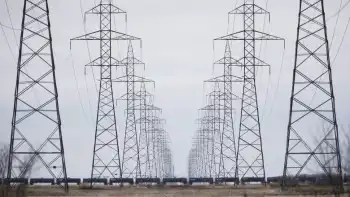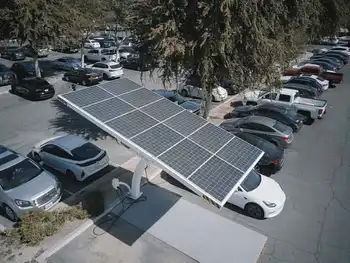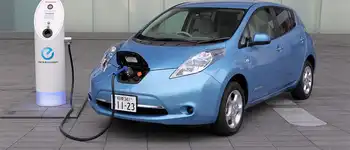NECA names new Executive Director
By Electricity Forum
NFPA 70e Training - Arc Flash
Our customized live online or in‑person group training can be delivered to your staff at your location.

- Live Online
- 6 hours Instructor-led
- Group Training Available
Johnston succeeds Brooke Stauffer as Executive Director, Standards and Safety. Stauffer, a well-known electrical codes and standards expert, died in a small plane crash on August 24, 2007, near Mackinaw Island, Mich.
Johnston comes to NECA from the International Association of Electrical Inspectors (IAEI) where he served as Director of Education, Codes and Standards since 1998. A certified master electrical inspector, Johnston completed his electricianÂ’s apprenticeship and earned both journeyman and master electrician licenses in Connecticut. He worked as an electrician, foreman, estimator and project manager on several electrical construction projects in Connecticut before moving to Phoenix.
In Phoenix, Johnston became a field electrical inspector for the City of Phoenix, where he rose through the ranks to become the field supervisor for all of the cityÂ’s electrical inspectors. He holds numerous certifications in electrical inspection with both IAEI and International Code Council. He also became a popular technical instructor, teaching numerous courses on the National Electrical Code (NEC).
Johnston was recruited by IAEI in 1998 and moved to Plano, Tex. At IAEI, he managed the associationÂ’s seminar and certification programs, oversaw the development of IAEI training materials, and served as a technical editor for numerous publications and the IAEI News Magazine. He continued to teach NEC courses and other industry-related training programs, and he is an active participant on the National Fire Protection AssociationÂ’s NEC code-making panels, electrical section, and education section.
JohnstonÂ’s code-enforcing and making experience will benefit NECAÂ’s growing National Electrical Installation Standards (NEIS) program. NEIS are the industryÂ’s first performance and workmanship standards for electrical construction. As an enforceable part of the contract documents, NEIS significantly reduce confusion among engineers, electrical contractors, owners, and facility managers. NECA began publishing NEIS in 1999 and currently has more than 35 standards that range from installing high-voltage switchgear to fiber optic lighting.
“NEIS have become an indispensable construction document for many electrical projects, and I’m excited about the experience that Mike will bring to the program,” said Dan Walter, NECA Vice President and COO. “Mike will also uphold NECA’s role as a champion of safe practices in the development process for the National Electrical Code.”
“I’m looking forward to joining the NECA staff and continuing to be an active contributor to electrical codes and safety,” Johnston said. “This opportunity brings together many aspects of my professional training and experience to a level where I believe I can truly make a difference for the best.”











